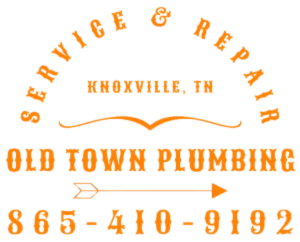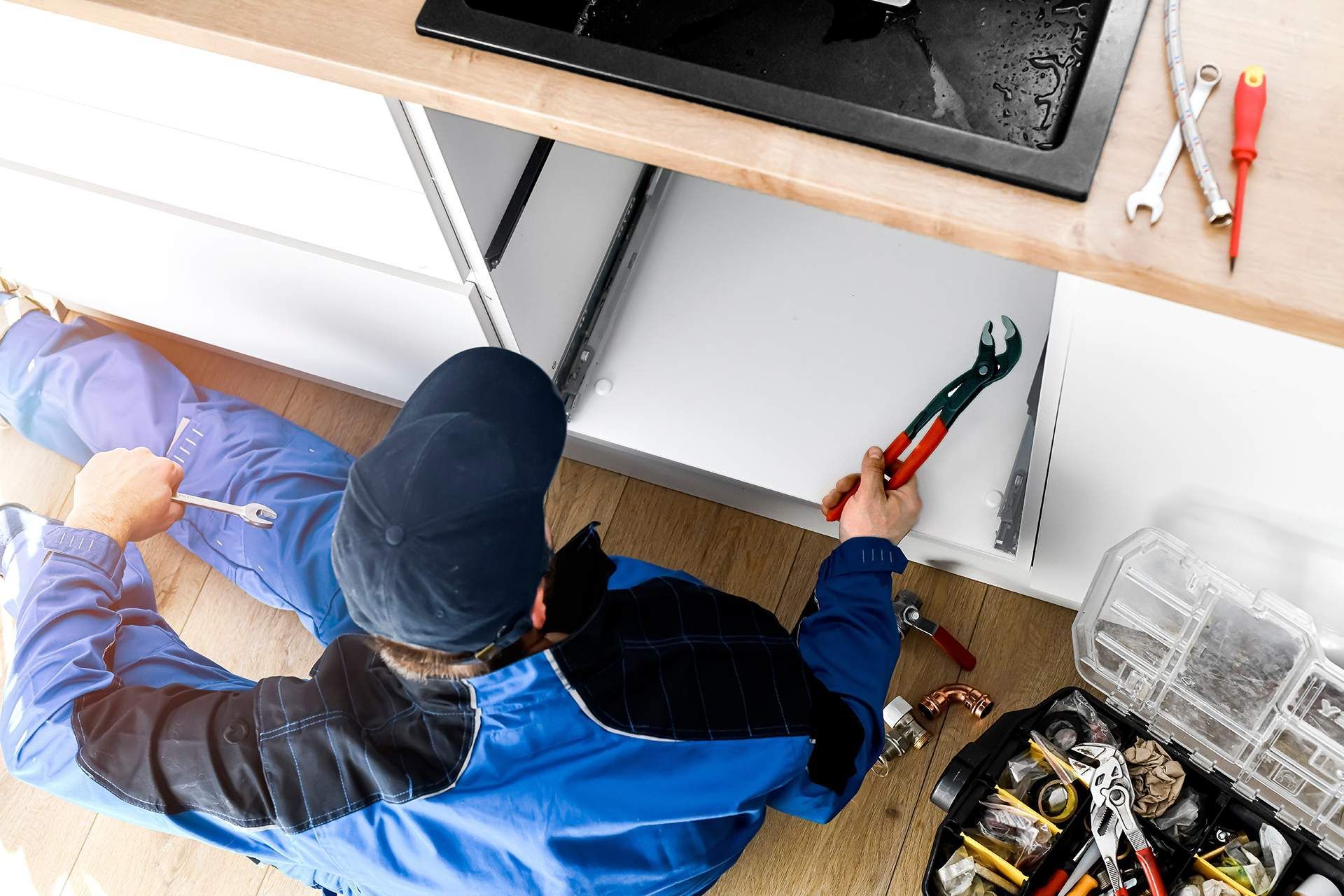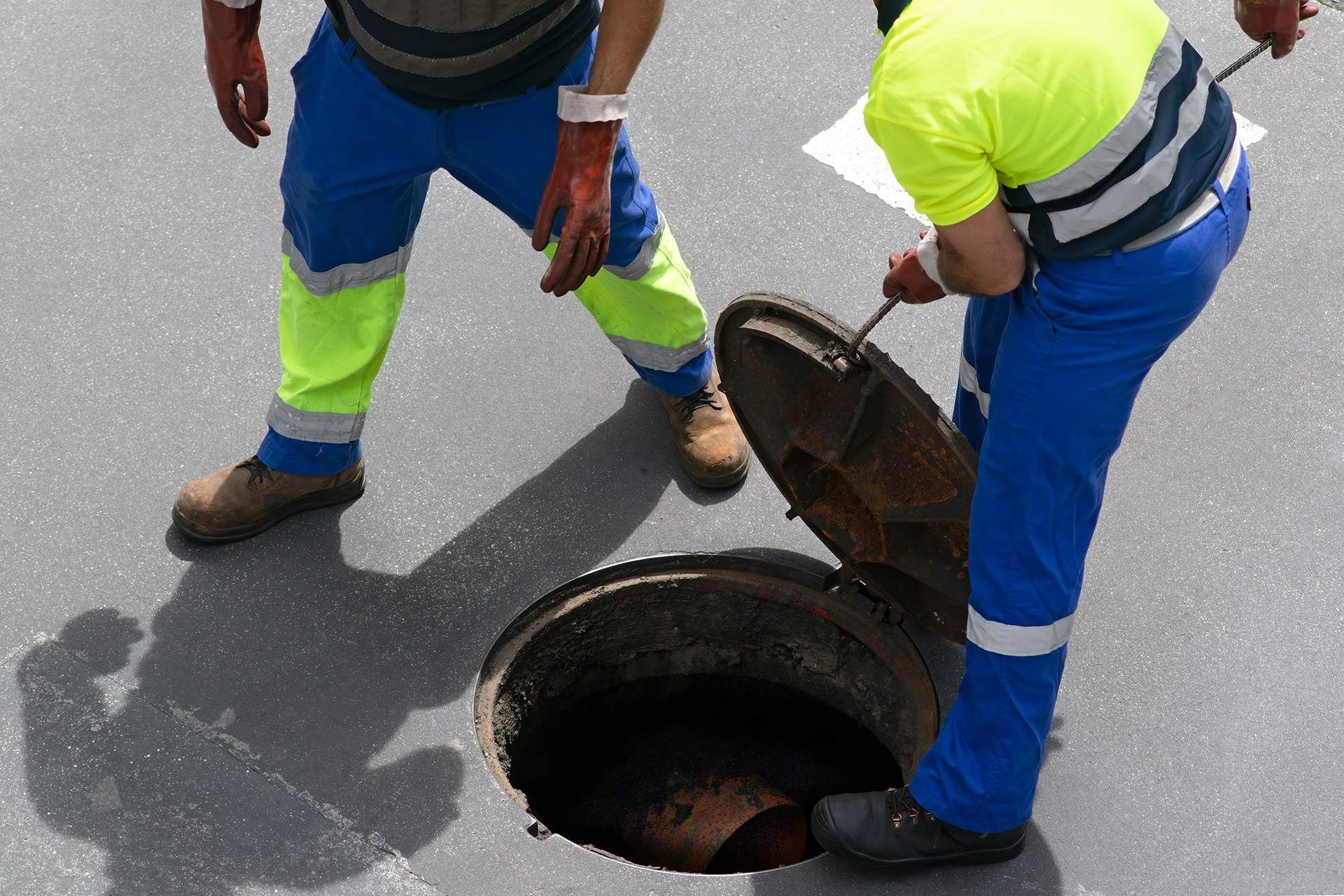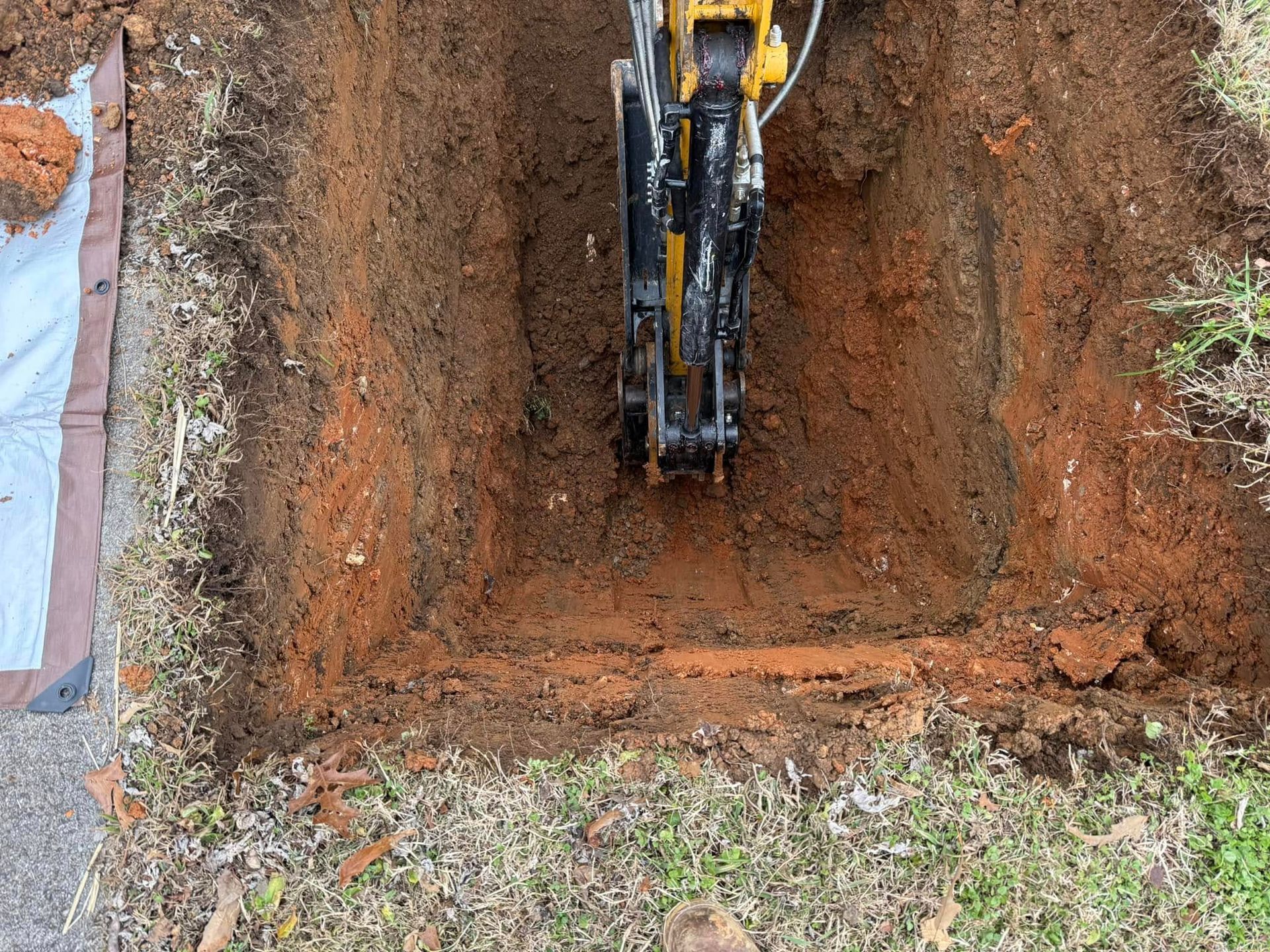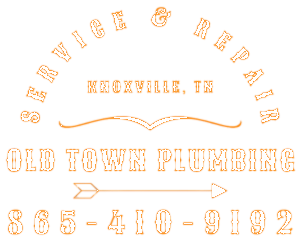Getting No Hot Water? Here’s What Might Be Wrong With Your Water Heater
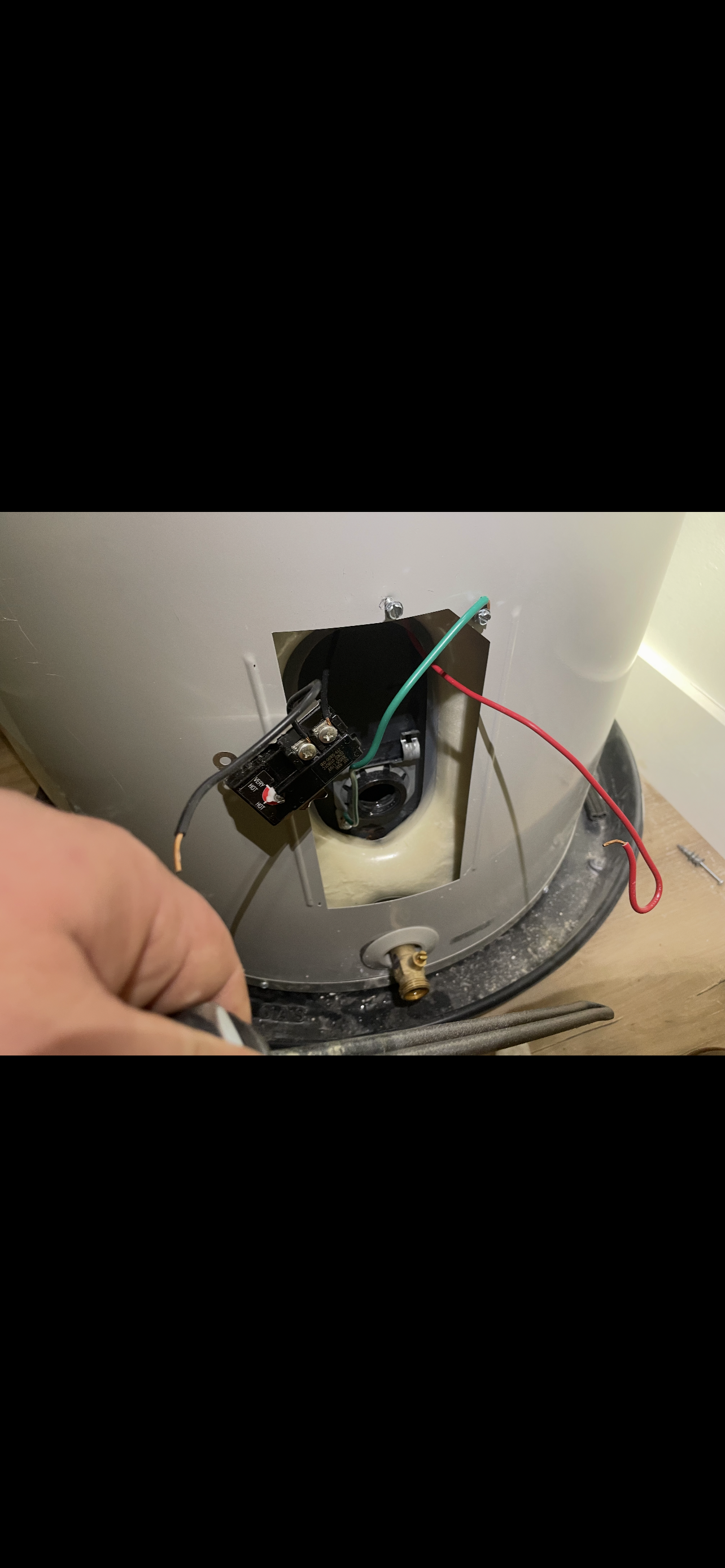
Table of Contents
- Why You’re Suddenly Getting No Hot Water
- Most Common Causes of Water Heater Problems
- Pilot Light Went Out (Gas Models)
- Tripped Circuit Breaker (Electric Models)
- Faulty or Misadjusted Thermostat
- Sediment Buildup in the Tank
- Failed Heating Elements
- Water Heater Leak
- Old Age and Wear
- DIY Troubleshooting Tips
- When to Call a Professional
- Preventive Maintenance Tips
- Final Thoughts
Key Takeaways
- Getting no hot water is often caused by simple, fixable issues such as a tripped breaker or a blown-out pilot light.
- Both gas and electric water heater models have unique failure points—understanding your type helps narrow down the issue.
- Sediment buildup and faulty components can impact the efficiency of your water heater.
- DIY troubleshooting is possible, but Water Heater repair should be left to professionals when safety is a concern.
- Regular maintenance can extend the life of your system and help you avoid surprise cold showers.
Why You’re Suddenly Getting No Hot Water
There’s nothing quite like stepping into the shower expecting warmth—only to be greeted by a blast of ice-cold water. If you're experiencing this, you're not alone. At Old Town Plumbing, we've helped countless homeowners in this exact situation. The good news is, there are a number of common reasons for getting no hot water, and many of them are relatively simple to identify.
Whether you have a gas or electric
water heater, the underlying problem typically comes down to fuel supply, power interruption, component failure, or sediment buildup. Let’s explore the most likely culprits and what you can do about them.
Most Common Causes of Water Heater Problems
1. Pilot Light Went Out (Gas Models)
If you have a gas-powered unit and you’re getting no hot water, the pilot light may be the first thing to check. The pilot light ignites the gas that heats your water, and if it goes out—even briefly—the burner won’t activate.
Possible causes:
- Drafts or strong air movement
- Dirty thermocouple
- Gas supply interruption
What to do:
You can try relighting it following the manufacturer’s instructions, but if it won’t stay lit, that points to a deeper issue like a faulty thermocouple or a bad gas valve.
2. Tripped Circuit Breaker (Electric Models)
Electric water heaters are powered entirely through your electrical panel. A tripped breaker is a simple but often overlooked cause of getting no hot water.
What to do:
Check your main breaker panel for any tripped breakers and reset them if needed. If the breaker continues to trip after resetting, it could indicate a wiring issue or short circuit—time to call a professional.
3. Faulty or Misadjusted Thermostat
If your water is lukewarm at best or fluctuates between hot and cold, your thermostat may not be functioning properly. Electric heaters typically have two thermostats (upper and lower), and either can cause problems.
Signs of thermostat trouble:
- Inconsistent water temperature
- Only partial tank of hot water
- Long recovery times after usage
Fix:
You might try adjusting the thermostat to a slightly higher setting (120°F is standard). If there’s no improvement, you may need a replacement.
4. Sediment Buildup in the Tank
Over time, minerals in your water supply can settle at the bottom of the tank, forming a layer of sediment. This reduces your water heater's efficiency and can result in getting no hot water or water that doesn't stay hot for long.
Symptoms of sediment buildup:
- Rumbling or popping noises from the tank
- Reduced hot water supply
- Slow heating
Solution:
Flushing the tank once a year can prevent this. If the buildup is extensive, a full Water Heater repair or replacement may be necessary.
5. Failed Heating Elements
Electric models use upper and lower heating elements. If one fails, the entire system might underperform—or stop working altogether.
How to test:
A professional can use a multimeter to check each element’s continuity. Replacing the element is usually straightforward for a technician.
6. Water Heater Leak
Leaks can prevent the tank from holding or heating water. Check for water pooling under or around the base of your water heater.
Look for:
- Corroded tank seams
- Leaky valves or connections
- Rust-colored water
What next:
A leaking tank often means the entire unit needs to be replaced. Continuing to use it risks water damage or even electrical hazards.
7. Old Age and Wear
The average lifespan of a traditional tank-style water heater is about 8–12 years. If yours is nearing this age and you’re getting no hot water, replacement might be more cost-effective than repair.
DIY Troubleshooting Tips
While some water heater problems are best left to the pros, there are a few simple checks you can do safely:
- Inspect the breaker or fuse box if you have an electric model.
- Check the pilot light and relight if you’re comfortable doing so.
- Listen for strange noises from the tank—these can indicate sediment buildup.
- Examine visible plumbing connections for leaks or corrosion.
Important: Always shut off power or gas before inspecting or servicing your unit. If you’re unsure, don’t risk it—call a professional.
When to Call a Professional
If your troubleshooting doesn’t solve the problem, or if you suspect a serious issue like a gas leak, failed heating element, or major sediment accumulation, it’s time to call for Water Heater repair.
At Old Town Plumbing, we’ve repaired and replaced hundreds of units over the years, and we’re equipped to handle gas, electric, and even tankless models.
Mineral Buildup in Rim Holes
The small holes under the toilet rim allow water to enter the bowl during a flush. Over time, mineral deposits (especially if you have hard water) can block these holes, weakening the flush.
How to Fix It:
- Use a small mirror to inspect the underside of the rim.
- Insert a small piece of wire (like a bent paperclip) into each hole to clear any buildup.
- For a deeper clean, fill the tank with a vinegar-water mix and let it sit for a few hours before flushing.
This kind of buildup can significantly reduce flush power without you even realizing it.
Preventive Maintenance Tips
Want to avoid the hassle of getting no hot water in the first place? Preventive maintenance goes a long way.
Here are some steps to keep your water heater running efficiently:
- Flush the tank annually to remove sediment buildup.
- Test the pressure relief valve to ensure proper function.
- Check the anode rod every few years—it helps prevent internal corrosion.
- Keep the area around the heater clean and accessible.
- Schedule annual inspections, especially if your unit is over 5 years old.
A little care now can extend the life of your unit and save you the discomfort of unexpected cold showers.
Final Thoughts
Having no hot water can bring your home to a standstill. Whether you’re dealing with a minor issue like a tripped breaker or a major failure like a leaking tank, knowing the common causes helps you respond quickly and smartly. Remember, some problems are easy to fix on your own, while others need the tools, training, and expertise of a qualified plumber.
If you’re tired of getting no hot water and want to make sure your system is in top shape, don’t hesitate to reach out. Whether you need a quick Water Heater repair or a complete replacement, we’re here to help.
Contact Old Town Plumbing today to schedule your service or inspection.
- Email: molly.porfidio@gmail.com
- Phone: 314-363-6554
We’ll get the hot water flowing again—reliably and efficiently.
Old Town Plumbing—Your trusted partner for honest plumbing solutions.
Frequently Asked Questions
1. Why am I suddenly getting no hot water in my home?
There are several possible reasons you're getting no hot water, including a tripped circuit breaker, a blown-out pilot light (for gas models), or a faulty thermostat. Sometimes, sediment buildup in your water heater can also affect its ability to heat properly. The best first step is identifying whether you have a gas or electric unit—this will help narrow down the most likely cause.
2. How do I know if I need water heater repair or a full replacement?
If your unit is under 10 years old and the problem seems isolated (like a bad heating element or thermostat), a water heater repair may be enough. However, if you’re constantly getting no hot water, noticing leaks, rust, or loud noises, and the unit is more than a decade old, replacement might be the more cost-effective option.
3. Is it safe to try fixing my water heater on my own?
For basic issues like checking the breaker or relighting the pilot light, it's safe if you're comfortable and follow safety precautions. But deeper water heater repair tasks—like replacing components, dealing with gas lines, or fixing leaks—are better left to licensed plumbers. Incorrect DIY fixes can lead to injury, water damage, or more expensive repairs later.
4. How often should I maintain my water heater to avoid getting no hot water?
To avoid ever getting no hot water, it’s a good idea to flush your water heater tank at least once a year to remove sediment. Also, test the pressure relief valve and inspect the anode rod every few years. Routine checks help extend your unit’s lifespan and reduce the need for emergency water heater repair.
5. What’s the average cost for a professional water heater repair?
The cost for a water heater repair varies depending on the issue. Minor fixes like thermostat replacement or pilot light issues may cost less than $200, while more serious problems—like a failed heating element or major sediment removal—could range from $300–$600. If you're getting no hot water consistently, it’s best to get a professional diagnosis to avoid unnecessary expenses.
